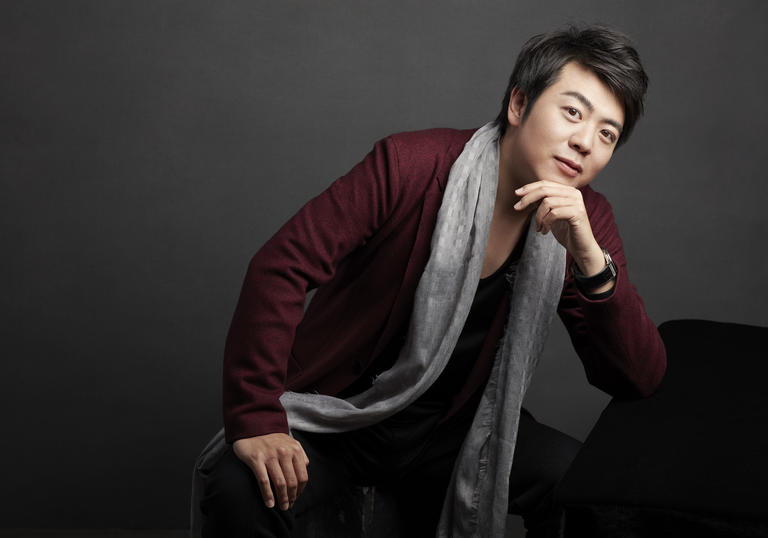And so many of them – not only is it a popular fixture in the concert hall, but there are to date over 600 recordings of the piece. And let’s face it, the idea of nearly 90 minutes of continuous music that rarely veers out of its home key – G major – might not shout ‘bestseller’.
That said, the Goldberg Variations need little introduction: the story of how they came into being (quite probably apocryphal, but undeniably a good yarn) is that they were written at the behest of the insomniac Count Kaiserling whose resident harpsichordist Johann Gottlieb Goldberg is said to have performed them to soothe the Count during his long sleepless nights.
Whatever the truth behind the commission, Bach responded with an aria of rare beauty on which he based 30 variations that show a technical mastery allied to an unerring sense of drama, despite the lack of key changes. There’s contrast between the strictness of every third variations being a ‘canon’ (one line exactly following another but never catching up with it) with an almost jazz-like sense of improvisation. It was designed for a two-manual harpsichord and Bach has great fun using the contrasting sonorities, marking the variations for one or two keyboards. One of the (many) challenges of performing the Goldbergs on the piano is how to convey this idea on a single keyboard. Yet at the same time, it is perhaps that very challenge, making any performance not on a two-manual harpsichord effectively a transcription, that has proved so irresistible to musicians through the ages.
If it was Glenn Gould who boldly claimed the Goldbergs for the piano back in 1955 (a marmite musician if ever there were one, though unquestionably one of the greatest of all musical brains when it came to turning Bach’s counterpoint into musical gold), he started a grand tradition that has welcomed not only pianists but accordionists, guitarists, harp players and a range of string ensembles too.
And among that posse of piano A-listers who have turned their attention to the piece, Lang Lang stands out for the sheer individuality of his performances and, as he has shown, the different ways he can approach the Goldbergs depending on mood and occasion, and whether he’s in a recording studio or in front of an audience.
Again, we can trace this tendency back to Gould, who made a speedy recording of the Goldbergs back in 1955, returning to the studio in 1981 for a reading that at the time seemed super-laconic but which, over the intervening years has come to seem positively mainstream.
Lang Lang’s own approach was described by one Gramophone reviewer as ‘the musical equivalent of a cinematic epic directed by Robert Altman or Steven Spielberg’. But that doesn’t perhaps give enough due to the journey on which Lang Lang embarked in order to bring the Goldbergs to life. Such is his extraordinary facility at the keyboard that he could probably have made a reasonable fist of learning them in a couple of weeks. But instead he spent a long time talking to experts in the Baroque field, not just great keyboard players such as Andreas Staier but also the legendary Nikolaus Harnoncourt, a major mover-and-shaker in the period-instrument movement, and a figure long at the forefront of rethinking how we approached Baroque music. By all accounts, when Lang Lang went to visit him in 2007 he found himself at the receiving end of some pretty forthright thinking. As the pianist recalled in an interview in Gramophone in October last year: ‘He didn’t want me to play the fast variations, he just wanted me to play the Aria, Variations 13 and 25… I played them in quite a square way… and he said: “Why are you playing like that? Horrible! This is absolutely the wrong way of even thinking about Baroque music. Are you crazy? Where is your heart? It should be the same as when you play Chopin or Brahms or Mozart. You cannot put up a wall between yourself and your emotions.”’
Wise words and something that Lang Lang has clearly taken to heart (and he and Harnoncourt clearly got along famously in the end, for they made a recording of Mozart concertos together). And we have the chance to sample Lang Lang the romantic tonight too, for he prefaces the Goldbergs with Schumann’s Arabeske, Op 18. Written in 1839, it has an artless beauty that requires true artistry to bring off, and a charm that only partially masks its underlying unease.
If the definition of a musical masterpiece is something that can take numerous different approaches and still emerge intact, then Bach’s Goldbergs are among the mightiest. Lang Lang’s relationship with the work is, likewise, an ever developing one, and it promises to be an endlessly fascinating journey.
© Harriet Smith

